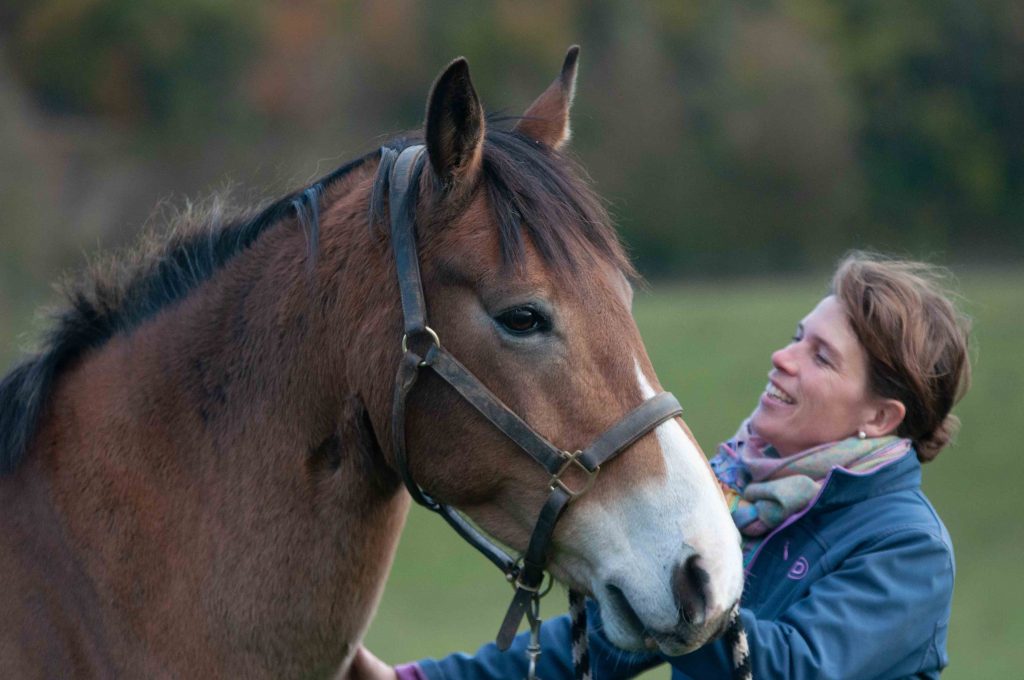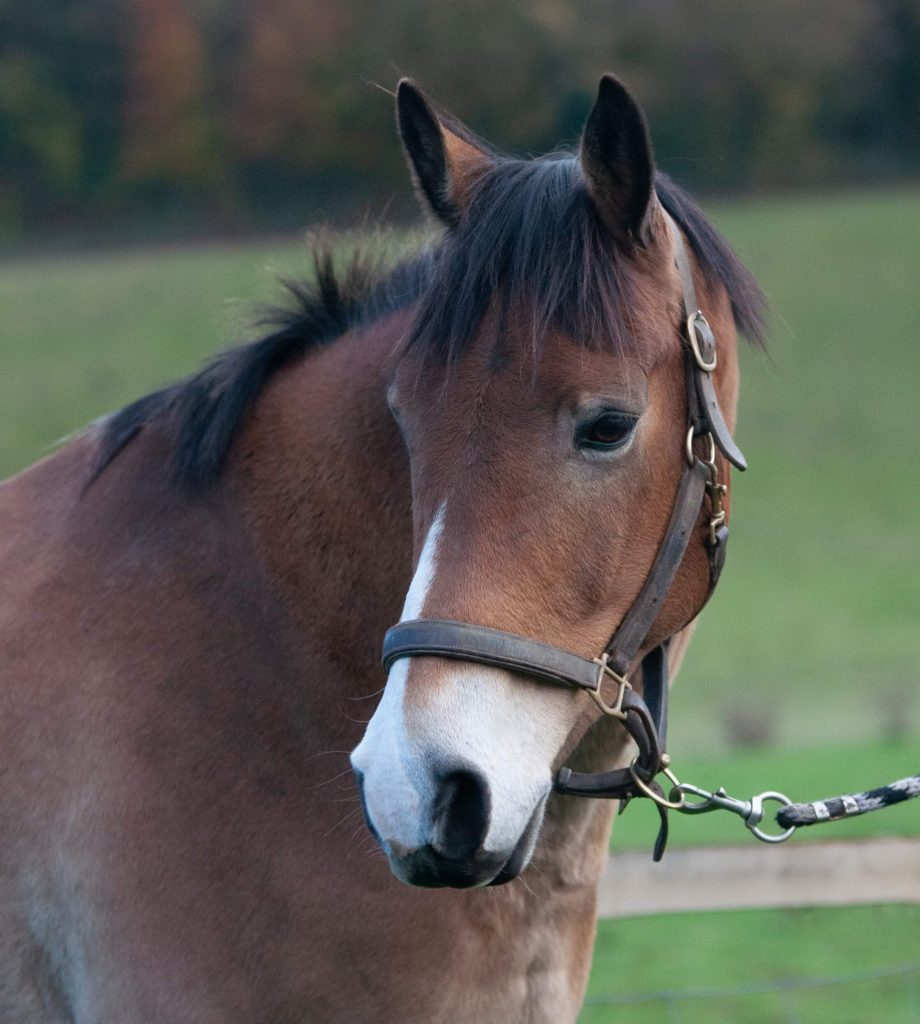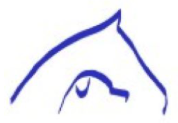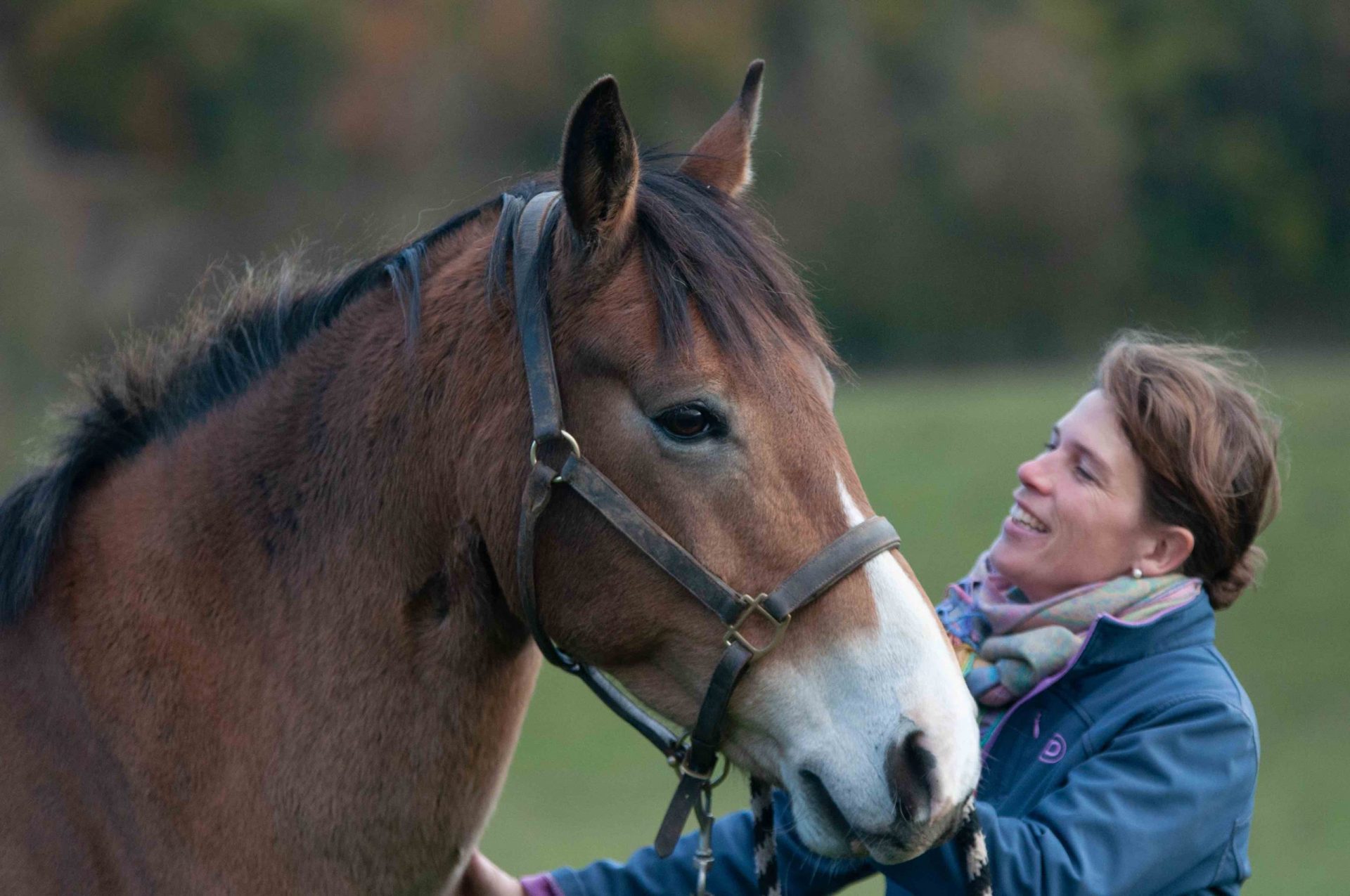Acupuncture for Horses
What is Acupuncture for Horses?
Acupuncture for horses can be used as part of a treatment procedure for almost all medical conditions. It is frequently used in combination with conventional veterinary treatment so the patient benefits from the combined effects.

Treating lameness with Acupuncture
Lameness whose source and localisation cannot be determined by conventional medicine and lameness radiating from the upper areas of the limbs can be effectively treated by acupuncture. Lameness caused by an inflamed joint must primarily be exposed to conventional joint treatment. Acupuncture can be performed subsequently to reinstate physiological muscle and ligament functions. Lameness requiring surgical intervention and immobilisation of the horse can be noticeably supported by acupuncture during the training redevelopment phase.
Treating backache with Acupuncture
Acupuncture can be used to treat various types of back pain and attendant lameness. For example, a horse with muscle tension manifesting from intense exertion and who is unable to swing their backs suitably or display lameness respond remarkably to acupuncture. This includes disobedience during riding caused by pain.
What happens during a treatment?
During the initial consultation we will assess the horse in their stable or tied up. This will give an idea of its conformation, constitution and muscle distribution. We will discuss your horses daily routine with regards to exercise, feeding, training and goals. Ideally we will assess the horse’s movement by watching the horse on the lunge or in hand. If necessary we will take a look at the saddle. There will be an opportunity for you to ask any questions. We usually proceed with bodywork followed by acupuncture. If we feel it would be beneficial we will offer aqua acupuncture and prescribe Chinese herbal formulas depending on the individual pattern.
When finished, we prefer to leave the horse in the stable or tied up for a short while with some hay so they benefit from a period of relaxation. Following their rest period we suggest that the horse is walked in hand for 10 to 15 minutes. This is to establish the treatment pattern and let the horses experience the looser fascia and improved way of moving.

What to expect after the treatment?
Over the following 2 to 3 days we suggest the horses are worked gently. Some horses respond very enthusiastically to their treatment. If this is the case we would suggest channelling this energy constructively but not overly challenging. It is important to direct the new experienced energy and imprint the looser way of movement. If on the other hand your horse is rather quiet and tired we would suggest that they are exercised in a very gentle way, ensuring exercises for elasticity are used to encourage the horses to feel the suppleness. After two to three days the horses can go back into normal work unless we recommend otherwise. Usually the horses are seen again 10 to 14 days after the initial treatment, to assess changes and discuss any further work to be planned. A treatment and management plan will be discussed and implemented.

